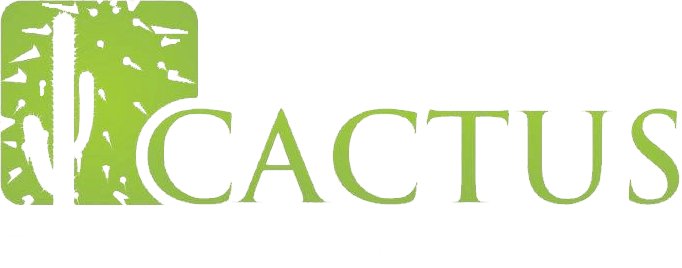
From a young age, we’re told to save for a rainy day. Hopefully, it’s a message that’s instilled some good money habits into adulthood, setting you on the right path for future goals, be it retiring early, buying a property or travelling. But, while we’re told to save, rarely do we talk about the importance of interest rates and growing your savings.
When you’re putting money away, you undoubtedly want it to grow and not just through your own contributions either. As the cost of living rises thanks to inflation, the value of money held in an account falls. In order to maintain spending power, you need interest rates or investment returns that outpace inflation. However, not all accounts offer this and it’s sometimes easier said than done to make sure you’re getting the most out of savings.
In the past, a typical cash account may have allowed you to keep pace with inflation. But a long period of low interest rates means it’s become more difficult to do. Money sat in cash savings accounts are likely to be effectively losing money. So, how do you go about securing the best returns?
Check your current interest rate: The first place to start is to understand how your savings are performing now. If you don’t know what interest rate you’re currently receiving, plus any other benefits, it’ll be difficult to compare alternatives. A simple check of your bank statement or a browse through your online account should be all that it takes to get the information. The current Bank of England base interest rate is just 0.75%, and it’s likely your rate isn’t much above this.
Know what you’re saving for: Your saving goals should have a big impact on where and how you save money. If, for example, you’re saving for a goal that’s still five years away, locking your savings in a fixed term savings account can help you access higher interest rates. If, on the other hand, your savings need to be accessible, you may choose to sacrifice higher returns for flexibility. Regular savers can also benefit from making frequent defined contributions to a savings account.
Use your ISA (Individual Savings Account) allowance: Each year you can place up to £20,000 into ISAs. As ISAs are tax-free, they’re a useful tool for ensuring you keep all of the gains from your saving habit. The useful tax-wrapper can either pay interest or be invested in stocks and shares, depending on the account you choose. There are Cash ISAs available that have competitive fixed interest rates for a defined period on the market.
If you’re saving to buy your first home or for retirement, a Lifetime ISA (LISA) can provide a 25% boost to your contributions. However, to open a LISA you must be aged between 18 and 40. Money deposited also can’t be accessed without a penalty before the age of 60 for a purpose other than buying your first home.
Shop around: Much like getting the cheapest deal on utility bills, finding the most efficient home for your savings means you have to shop around. There are hundreds of different accounts to choose from and a wide variety of providers. Comparison websites are the ideal place to look for the top savings accounts and to keep an eye out for new deals entering the market. Once you’ve found the right account for you, be sure to regularly review it and check other providers to keep on top of your plan.
Remember, if your savings exceed £85,000 you will need to spread the money across several banks or building societies to protect it. Savings above this amount aren’t covered by the Financial Services Compensation Scheme (FSCS).
When is the time right to consider investing?
With interest rates on many saving rates below inflation, you may be looking for alternatives. Although deposits are classed as secure, investing offers you one way to potentially outstrip the eroding effect of inflation. However, some people with the means to invest are cautious of doing so with their hard-earned savings out of fear of losing money.
But investing could be the way to generate returns on the money you’re putting aside. Historically, investing has outperformed interest earned in savings accounts over the long term, even when market volatility has been experienced.
Once you’ve built up an emergency fund, and if your savings objective is long term, investing is worth considering. There are a range of risk profiles available to choose from, allowing you to create an investment portfolio that matches your attitude, goals and capacity for loss. Taking the step to invest or build up your investment portfolio can help you get the most out of your savings.
Please note: Investment carry risk. The value of your investment can go down as well as up and you may not get back the full amount you invested. Past performance is not a reliable indicator of future performance. The Financial Conduct Authority does not regulate deposit accounts.

